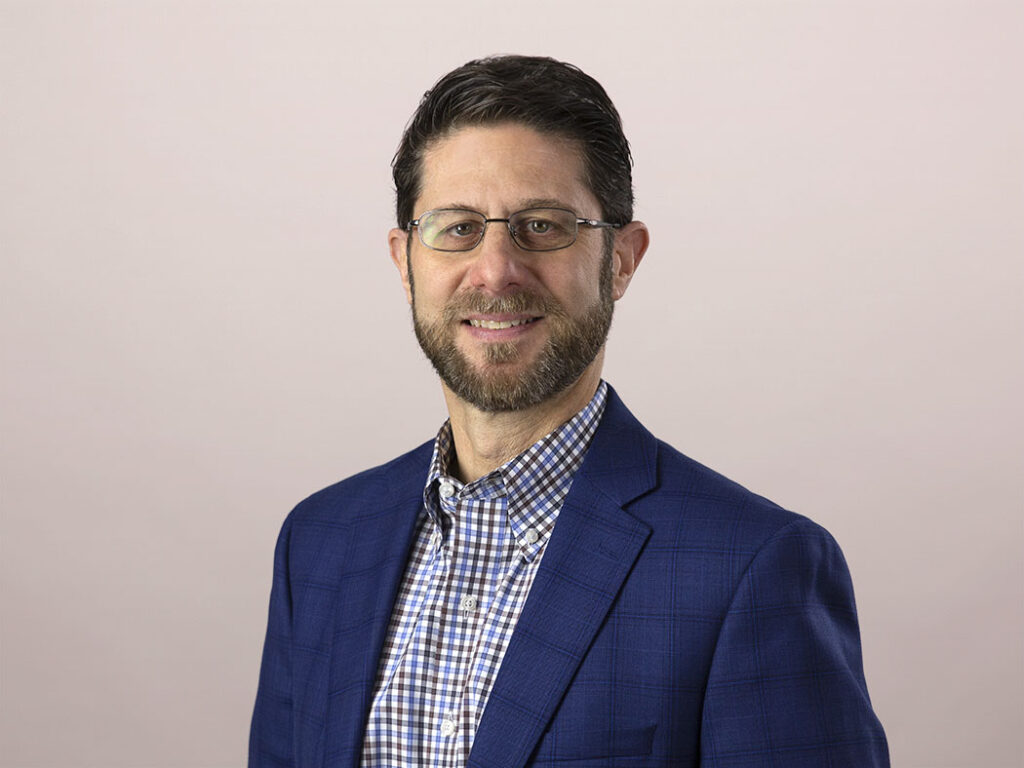“Would You Buy A Car Without Knowing How To Drive?” And Other Sales Enablement Head-Scratchers From 2020
- Everyone in B2B sales has been affected by the COVID-19 pandemic
- Sales enablement has often been tasked with figuring out how to support sellers in the new normal, sometimes being asked to “change the tires on a moving bus”
- These newly evolved sales enablement personas are an unfortunate result of poor, top-down leadership styles
This has been a tough year so far. The main storylines have been so painful, it’s hard to recall those forgotten, benignly bizarre anecdotes such as Pentagon-validated UFOs, monkeys stealing COVID-19 samples, or the demise (and rebirth) of Mr. Peanut. And yet, the exceptionalism of 2020 still seems to creep into our everyday business, doesn’t it?
Our Sales Enablement research service has been no exception. Clients are supporting salespeople whose quotas suddenly became unattainable, virtualizing sales kickoffs (SKOs) seemingly overnight, and learning how to hook everyone up with ring lights. Amid the stress, we’ve identified the following 2020-inspired sales enablement practitioner types that might feel uncomfortably familiar, but also how to counter their worst instincts.

The Quicker Fixer-Upper
My colleagues Jennifer Bullock and Eric Zines deployed a great opening analogy in their 2020 Summit presentation, “Has Activity-Based Learning Killed Onboarding? Rethinking Onboarding Delivery.” They likened overly aggressive — and exceedingly lightweight — sales onboarding programs to putting a teenager behind a steering wheel without first providing them with classroom, simulator, or observation time in driver’s ed. Would you buckle up with that 16-year-old kid and hit the road?
This is disturbingly similar to how some sales enablement teams responded to the pandemic. Suddenly faced with all-virtual interactions — internal training and communications and external buyer-facing exchanges — their first instinct was to buy software. I’m referring not to quick fixes such as Zoom, but to enterprise-grade solutions offering readiness, collaboration, coaching, content, and other legitimate ways to enable great B2B selling. The disconnect here, highlighted in our brief “Sales Enablement: Planning Assumptions 2021,” is ignoring the best practice of defining problems and processes before platforms.
If you can’t conduct in-person onboarding, your traditional classroom lecturer needs to excel at distance learning if you expect that shiny new platform to deliver effective sales training. If you crave adoption of the latest video coaching tool, you can’t simply dump it on super-tenured reps who haven’t embraced a selfie-oriented lifestyle. Don’t get me wrong: most sales enablement technology is 100% essential for revenue growth, but the tools themselves don’t fix your problems. Otherwise, the software licenses that the “quicker fixer-upper” bought in a knee-jerk reaction end up being hammers in search of nails.
The Humble Downstreamer
2020 has seen the traditional flow of random responsibilities thrown at sales enablement teams evolve into a torrent of unexpected, undocumented, and often unsolvable new remits. The most common, untenable example of you-know-what flowing downhill from the C-suite essentially looks like this: “Your deliverables need to completely change. Go do it.” And because most sales enablers are former successful reps — and people-pleasers — they accept the challenge. Yet some problems can’t be solved in the trenches without appropriate guidance from leadership.
The “humble downstreamer” tends to meekly accept every assignment from above, logic notwithstanding, and is hampered by limited resources or C-suite patronage. They tend therefore to fail at “The Big Change” — e.g., moving SKO to a virtual event, rolling out pandemic-friendly product training, deploying a brand new sales methodology — because they are only empowered to chip away at pieces of the strategic puzzle. Their leaders should be aligning product, marketing, sales, channel, and customer engagement initiatives from the top-down, rather than let functional practitioners figure it out without executive sponsorship. Otherwise, these practitioners underdeliver … or try to cover up the problem by buying software (see above).
The Express Sleeper
Would you force an accomplished brain surgeon to suddenly pivot to managing general anesthesia during an orthopedic procedure, assuming that their medical training naturally translates into the necessary competence in the operating room? No. Unfortunately, 2020 has amplified the misperception that “selling is selling” — that extraordinary, pandemic-driven changes in what our organizations sell, and how, and to whom, require minimal adaptation by our sales team members.
The “express sleeper” persona relates to both sales enablement practitioners and quota-bearing reps, and often coexists with the humble downstreamer mindset: the over-simplified assumption at the C-suite level that “just a little re-training” will allow sales reps, and their enablement support system, to quickly pivot from one set of selling motions to a dramatically different one. What is the more appropriate alternative? The chief sales officer or chief revenue officer must acknowledge that new offerings, buyers, markets, or plays require refreshing role-specific competencies for salespeople, and should support both enablement and seller activities to adapt, buy, or build the “next normal” sales force on the basis of what 2020 and the future requires of them.
If 2020 has taught us anything, it’s that change is exceptionally hard for many people. The best sales enablement teams excel at change management. While it’s debatable whether the pandemic’s impact on B2B selling should have been anticipated, enablers who don’t fall into these newly discovered personas will have a better chance at success in 2021.
At least those murder hornets never amounted to much.
